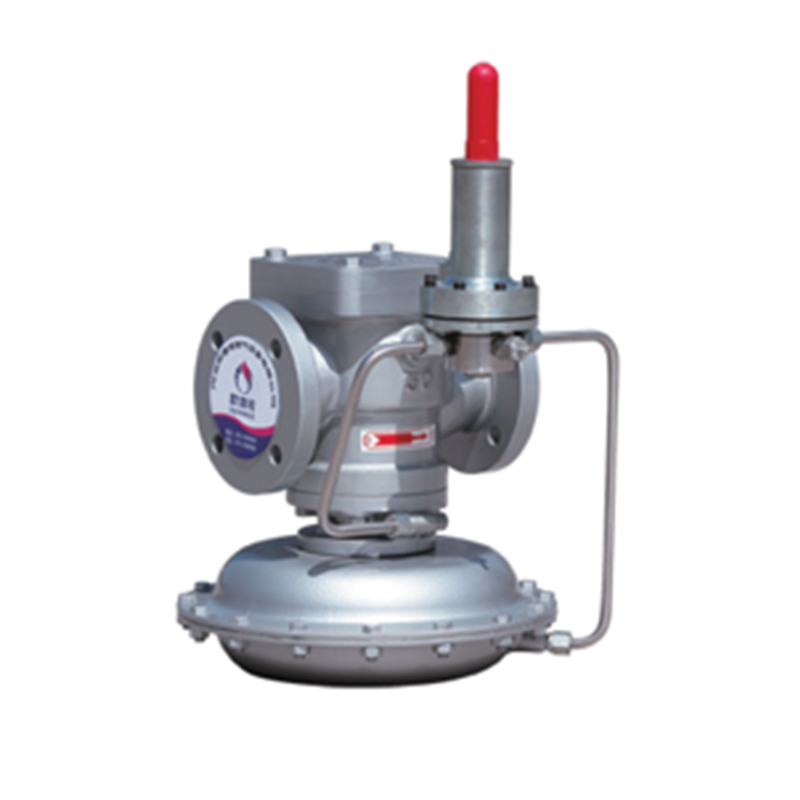
Dec . 13, 2024 03:12
Back to list
صمام التنفيس
Understanding Pressure Relief Valves A Critical Component in Safety Engineering
Pressure relief valves (PRVs) are essential safety devices used in a variety of industrial applications. Their primary function is to prevent the pressure within a system from exceeding predetermined limits, thereby avoiding potential catastrophes such as explosions or equipment failures. This article explores the significance, mechanisms, and applications of pressure relief valves in different sectors.
What is a Pressure Relief Valve?
A pressure relief valve is a type of safety valve that automatically releases pressure from a system when it exceeds a certain threshold. This is crucial in maintaining the integrity of equipment and ensuring the safety of personnel. The valve operates based on the principle of a spring-loaded mechanism or a mechanical device that opens at a specified pressure. Upon opening, the excess pressure is released, thereby restoring safe operating conditions.
How Do Pressure Relief Valves Work?
The operation of a pressure relief valve is relatively straightforward. When the pressure in the system increases beyond the set limit, the force exerted on the valve's disc overcomes the spring tension holding the valve closed. As a result, the valve opens, allowing the excess pressure to escape. Once the pressure drops back to acceptable levels, the spring closes the valve, sealing the system again. This cyclical process ensures that pressure levels remain within safe limits.
.
Applications of Pressure Relief Valves
صمام التنفيس

Pressure relief valves are employed in diverse industries, including oil and gas, chemical manufacturing, power generation, and food processing, among others. In the oil and gas sector, for instance, PRVs are vital in managing the pressure of pipelines and storage tanks, ensuring safe operations while preventing leaks or ruptures.
In chemical manufacturing, these valves protect reactors and distillation columns from overpressure situations, which could lead to hazardous spills or explosions. In the power generation sector, particularly in steam systems, PRVs are critical to prevent boiler explosions and ensure operational safety.
Additionally, PRVs play a crucial role in the food processing industry, where they help maintain safe temperatures and pressures during the cooking and pasteurization processes, thereby guaranteeing product safety and quality.
Importance of Regular Maintenance
While pressure relief valves are designed to enhance safety, their effectiveness relies heavily on regular maintenance and testing. Over time, mechanical components can wear out, and the adjustable settings may drift, leading to potential safety hazards. Routine inspections, preventive maintenance, and prompt replacement of faulty valves are vital practices for ensuring the continued safe operation of systems equipped with PRVs.
Conclusion
Pressure relief valves are indispensable devices that safeguard industrial systems from overpressure scenarios. Their ability to automatically release pressure not only protects equipment but also ensures the safety of workers. Whether in the oil and gas sector, chemical plants, or food processing operations, understanding the functioning and importance of PRVs is crucial for effective safety management. Regular maintenance further enhances their reliability, making them a cornerstone of safety engineering across various industries. As industries continue to evolve, the role of pressure relief valves will undoubtedly remain vital in ensuring the safe and efficient operation of complex systems.
Latest news
-
Safety Valve Spring-Loaded Design Overpressure ProtectionNewsJul.25,2025
-
Precision Voltage Regulator AC5 Accuracy Grade PerformanceNewsJul.25,2025
-
Natural Gas Pressure Regulating Skid Industrial Pipeline ApplicationsNewsJul.25,2025
-
Natural Gas Filter Stainless Steel Mesh Element DesignNewsJul.25,2025
-
Gas Pressure Regulator Valve Direct-Acting Spring-Loaded DesignNewsJul.25,2025
-
Decompression Equipment Multi-Stage Heat Exchange System DesignNewsJul.25,2025

